This year I made only a few dedicated outings to chase targets on my 2017 list of biodiversity goals. In all I was able to cross seven more species off the list, bringing my total to 52 species photographed out of 80 target species. This year was definitely about quality over quantity, as I ended up shooting roughly half the images I did in 2018, and a third of what I shot in 2017. I did, however, end up with some all-time favorite images, visited some truly wild places, and experienced so many wonderful, natural things.
The following are the species I was able to check off my list:
Texas Rainbow Cactus (Echinocereus dasyacanthus)
Warnock’s Fishook Cactus (Echinomastus warnockii)
Yellow Rocknettle (Eucnide bartonioides)
Big Bend Bluebonnet (Lupinus havardii)
Creeping Bluestar (Amsonia repens)
White-tailed Deer (Odocoileus virginianus)
Beyond these species I was able to photograph 80 species I had not previously photographed, and capture better images of species I had previously captured through the lens. What follows are just a few of the highlights.
My year in nature photograph began belly down in the sticky muck of a shallow inlet off Galveston Bay. I was inching toward a pair of Roseate Spoonbills (Platalea ajaja) foraging in the shallows.

Roseate Spoonbill in the shallows of Galveston Bay.
In January I took a couple of trips to a series of Blackland Prairie wetlands in north-central Texas with Carolina and James. The objective was to photograph wintering waterfowl, and I walked away with images of several species, including this American Wigeon (Anas americana).

American Wigeon in a Blackland Prairie wetland.
In the late winter and early Spring James and I spent some time chasing songbirds. The images below are two of my favorites from several days spent in the field with good company.

A male Pine Warbler perches on a winged elm in a mature pine-hardwood upland forest.

A Pine Siskin forages on the blooming branches of an Eastern redbud.
In February I visited the Columbia Bottomlands with my pal John Williams. We ended the day with over 20 snakes including a large, handsome Canebrake Rattlesnake. My favorite image of the day, however, was this shot of one of the most beautiful beetles in the country, Dicaelus purpuratus.

Dicaelus purpuratus in the Columbia Bottomlands.
On a whim one rainy night in late February, Carolina and I went out with James and Erin to look for a rare prairie denizen that was recently rediscovered in the Pineywoods by renowned Texas herpetologist Toby Hibbitts and his team. After thinking them extirpated in the area, it was a thrill to finally hear and see a Southern Crawfish Frog (Rana areolata) less than thirty minutes from my house.
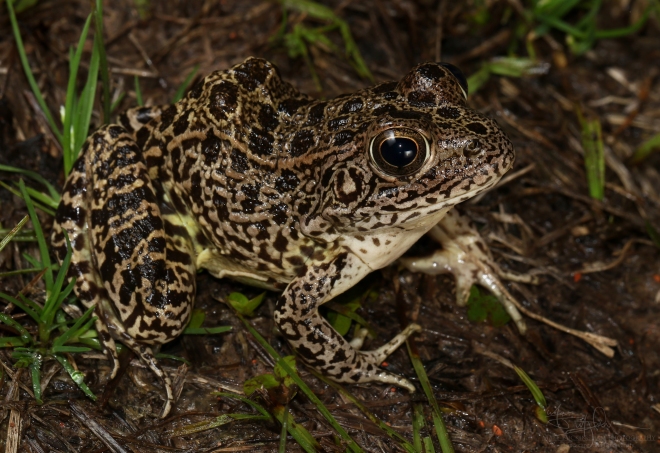
Southern Crawfish Frog from a prairie remnant in the Pineywoods.
In March, Caro and I took a trip to West Texas to see a purported superbloom in the Big Bend region. On our way we stopped at the Marathon Grasslands, a special place worth exploring. Here we saw Black-tailed Prairie Dogs and a small group of Pronghorn (Antilocapra americana) led by a large buck in the process of re-growing the keratinous sheath around his horns.

Pronghorn buck in the Marathon Grasslands.
Further south, in the low desert along the Rio Grande in Black Gap and Big Bend, it appeared that the rumors of a superbloom were true. Multiple species were blooming in profusion, but the most impressive were the Big Bend Bluebonnets (Lupinus havardii) and the Texas Rainbow Cactus (Echinocereus dasyacanthus). Below are a few of my favorites from the trip.

Big Bend Bluebonnets in Black Gap Wildlife Management Area
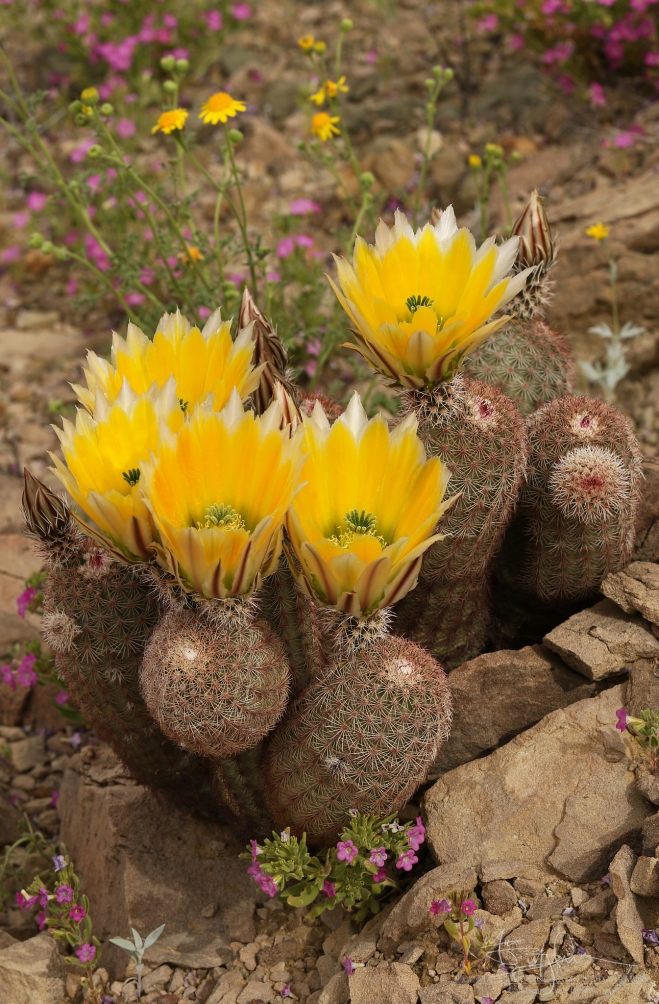
Texas Rainbow Cactus

Texas Rainbow Cactus

Big Bend Bluebonnets along the Rio Grande with the Chisos Mountains looming in the distance.
Back in East Texas, Caro and I set out one spring day to admire the Flowering Dogwoods. During our excursion I found a special fungus that I had long wanted to see in East Texas – the Yellow Morel (Morchella esculenta).
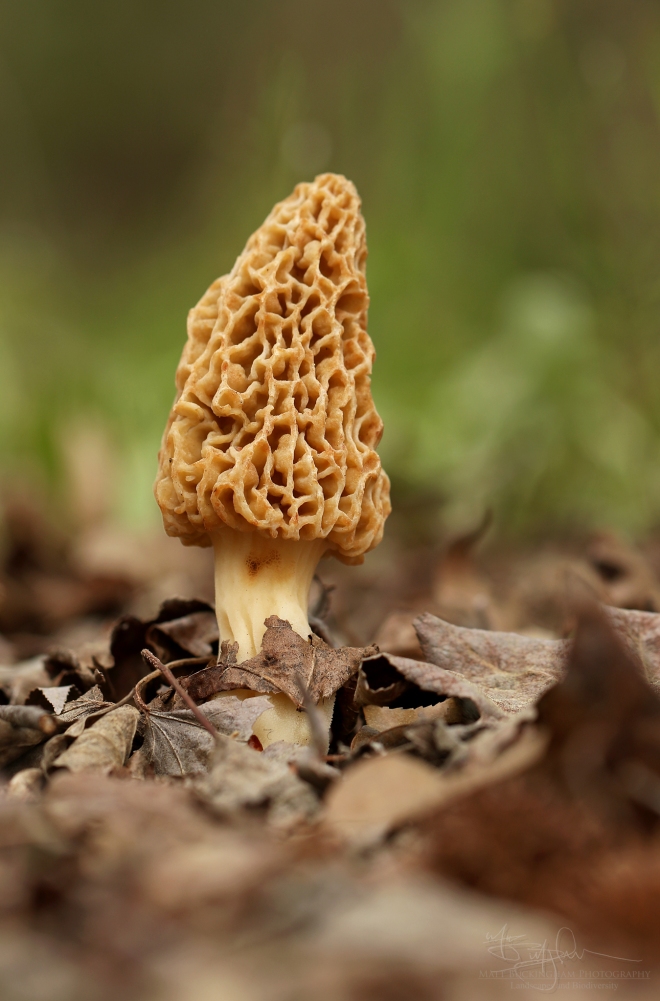
Yellow Morel in the East Texas Pineywoods.
While looking for rare orchids with my friend Scott, I spotted a blur of movement in the leaf litter of a pine-hardwood upland. It was a Southern Coal Skink (Plestiodon anthracinus), a species generally uncommon throughout its range and rare and potentially declining in Texas.
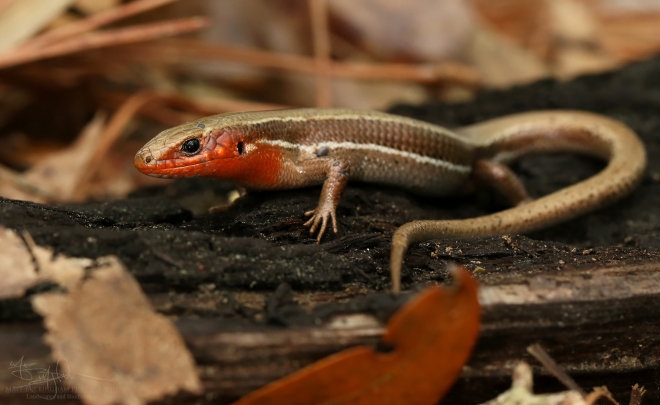
Southern Coal Skink from a pine-hardwood upland in East Texas.
In late April, Caro and I visited some remnant prairies in North-Central Texas. While I was able to photograph a number of new-to-me species, my favorite image from the trip was of a small prairie remnant loaded with Eastern Shooting Stars (Dodecatheon meadia) that I had visited in the past.

Prairie with Eastern Shooting Star in the Grand Prairie region of North-Central Texas.
On a gloomy May evening Caro and I found ourselves exploring some seldom traveled back roads in Newton County. We came upon a regenerating clearcut full of bird activity, including a number of male Prairie Warblers (Setophaga discolor) singing on territory.

Prairie Warbler singing in a regenerating clearcut.
Late one night in May I found a beautiful Regal Moth (Citheronia regalis) hanging out at some bright lights in town. I relocated her to a more suitable location and took a couple of images before leaving her so she may pump her pheromones into the night air in hopes of attracting a mate.

Regal Moth
At the end of May I traveled to Galveston for a work convention. I ended up staying an extra day and was able to photograph some courting terns and other shorebirds.

Courting Royal Terns (Thalasseus maximus)
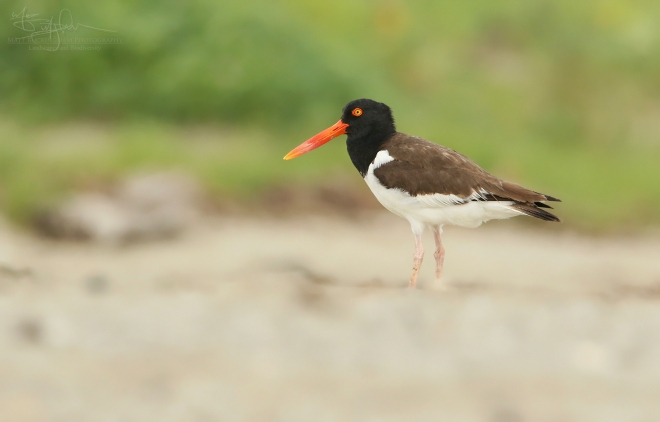
American Oystercatcher (Haematopus palliatus)
In June, Caro and I took a trip to the northern panhandle. We spent our time exploring a few patches of the remaining native prairie in the region. A highlight was finding the Showy Milkweed (Asclepias speciosa) in bloom in the mucky floodplain of a small stream feeding the Canadian River.

Showy Milkweed
A diversity of birds were active at our campsite in the Rita Blanca National Grasslands including several Lark Sparrows (Chondestes grammacus).
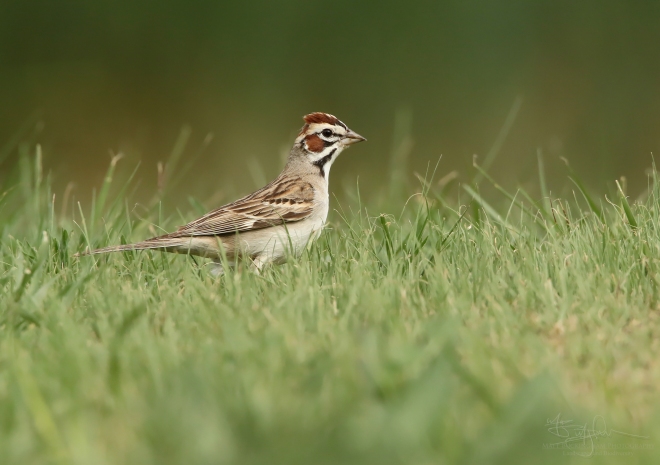
Lark Sparrow near our campsite in the Texas Panhandle.
While in the panhandle we also observed several Texas Horned Lizards (Phrynosoma cornutum). I think that a top-down angle on this incredible creature best illustrates its unique texture and color pattern.

Texas Horned Lizard from the Texas panhandle.
From the panhandle we continued west into New Mexico. We saw many Pronghorn (Antilocapra americana) in the shortgrass prairies in the eastern part of the state.

Pronghorn buck in eastern New Mexico.
We were also lucky enough to find a diversity of wildflowers both in the prairies and in the mountains.

Prairie Smoke (Geum triflorum) in a high elevation prairie.
One of the highlights of the trip was finding several Fairy Slipper Orchids (Calypso bulbosa) in perfect bloom on the spongy floor of a spruce/fir forest at 10,000 feet.

Fairy Slipper Orchid.
One day in late June I visited a high quality coastal prairie remnant while Caro was busy in the workshop of the Houston Gem and Mineral Society. While scouring the rattlesnake master and other prairie plants for pollinators I saw a massive iridescent beetle go buzzing past. It was a Bumelia Borer (Plinthocoelium suaveolens), a species I had long dreamed of finding.

Bumelia Borer in a high quality coastal prairie remnant.
In July Caro spotted Fredericka – a Three-toed Box Turtle (Terrapene ornata triunguis) that she first spotted in the yard two months prior. Though we never saw after that, we remain hopeful that she is hanging around somewhere in the more unkempt portions of our yard.
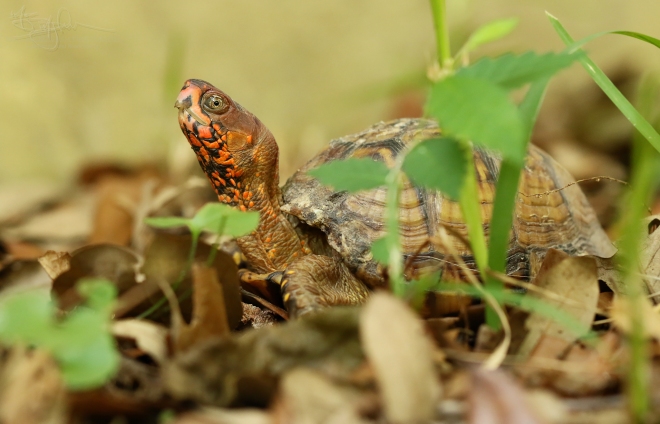
Three-toed Box Turtle from our back yard.
I took very few photos during the final quarter of the year. I did, however, manage to get out a few times, most notably in October for a trip to the Ouachita Mountains of western Oklahoma and eastern Arkansas. Here Caro and I found several beautiful Ringed Salamanders (Ambystoma annulatum) and enjoyed a few days in a secluded mountain cabin.
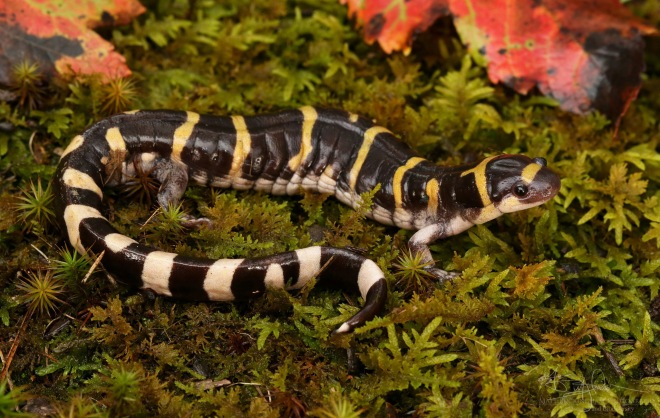
Ringed Salamander from the Ouachita Mountains.
My last real photo outing of the year was in mid November when Caro and I drove around looking for fall color. The color was disappointing this year, but I was able to turn up a large, beautiful Marbled Salamander (Ambystoma opacum) in a small wetland depression beneath the changing leaves of stately black tupelos.

Marbled Salamander
2020 is shaping up to be a great year, and I look forward to sharing some small part of it with you all. I wish all of my readers the very best in this New Year.
Until next time
-Matt

